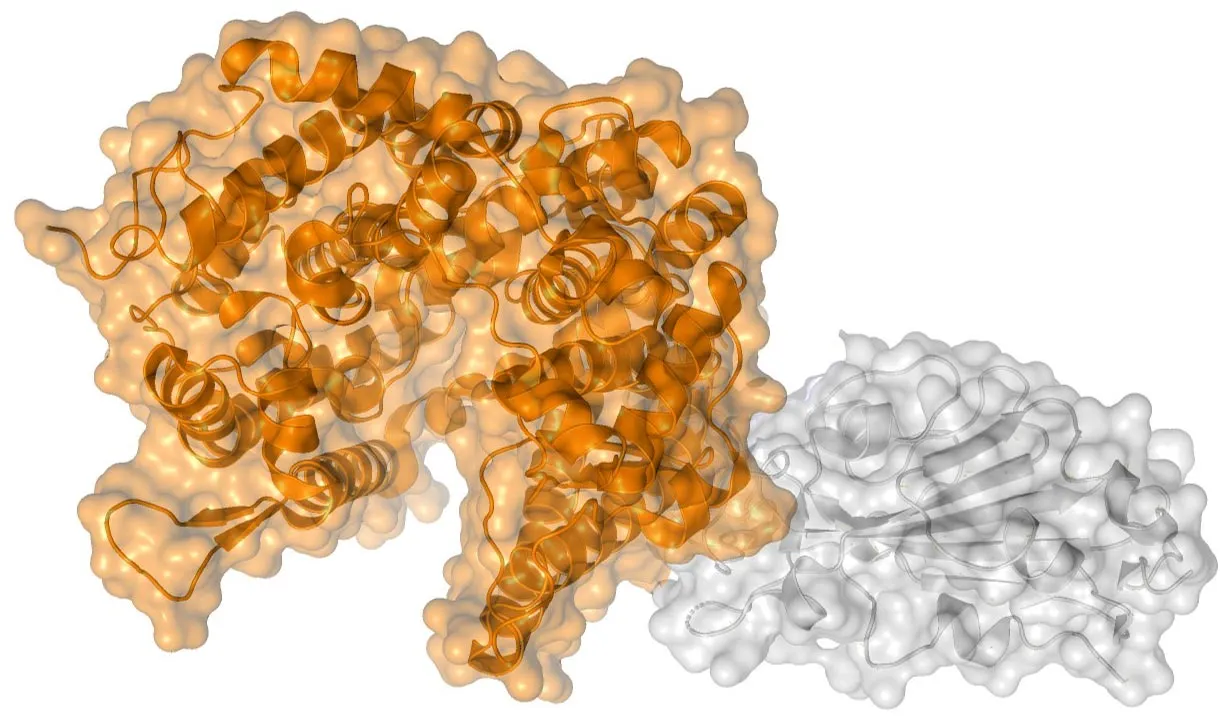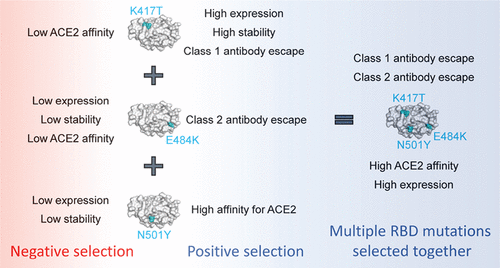Just as wind and waves hit ships, the new version of sars-cov-2 virus that led to covid-19 hit the world one by one. Recently, scientists who focus on these variants have noticed a trend. Many viruses carry the same three sets of mutations. In the American Chemical Society biochemistry 》In a new study published in the journal, the researchers examined how these mutations change the function of a key part of the virus Their experiments showed how these three mutations changed the characteristics it needed to cause and maintain covid-19 infection

In the past few years, sars-cov-2 coronavirus has prompted human cells to copy their genetic code countless times, and errors have occurred in the process. These gene errors, or mutations, are raw materials for new variants. Scientists have found that nearly half of the gene sequences in the variants contain three mutations at positions called K417, E484 and n501. All these changes adjust the same part of the virus, the so-called receptor binding domain, which enables sars-cov-2 to infect human cells by grasping the ACE2 protein of human cells.
The widespread presence of this combination suggests that these mutations together provide the virus with benefits that a single change cannot provide. Vaibhav Upadhyay, Krishna mallela and colleagues wanted to understand the advantages - and disadvantages of each of the three mutations individually and in combination.

As a first step, the researchers produced domains containing mutations and studied their effects in cells grown in Petri dishes. The team observed how well the cell could produce the domain, as well as the stability of the domain, the ability to bind to ACE2 and the ability to escape antibodies.
The results showed that each mutation enhanced at least one of these characteristics, but it also paid a price. For example, the change of K417 not only increases the yield and stability of this domain, but also improves its ability to escape one type of antibody. However, it also reduces the ability of this domain to attach to ACE2. The other two mutations have different strengths and weaknesses. However, when all the changes are put together, these changes reduce each other's negative effects.
Domains with all three mutations can tightly bind to ACE2 and escape both types of antibodies, but their production levels are similar to those of the original virus and are equally stable. The researchers say these results provide new insights into virus evolution by revealing the details of how natural selection facilitates mutant combinations.